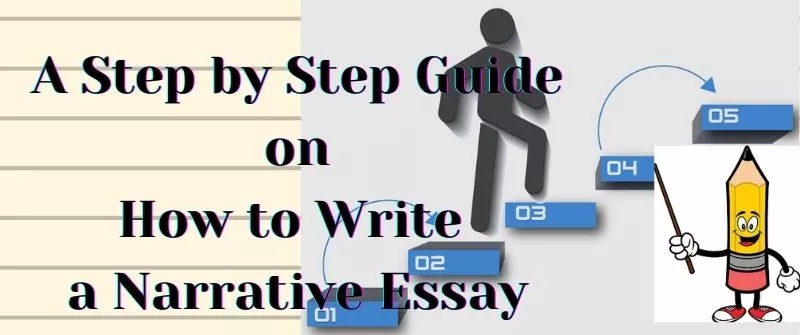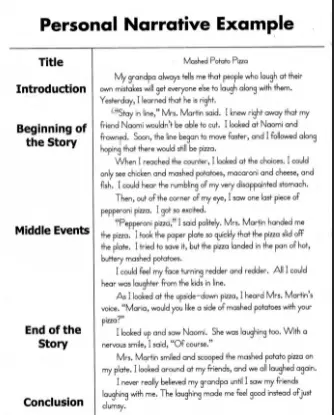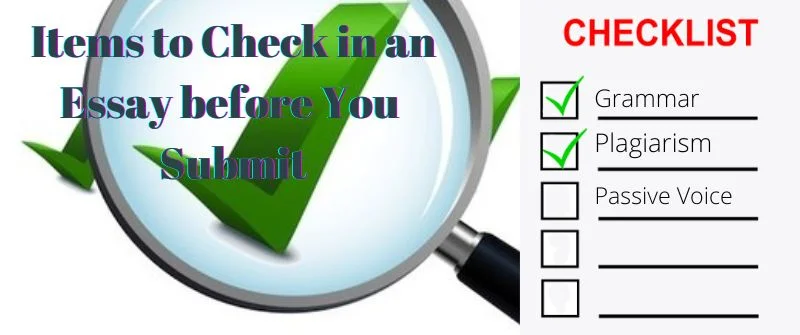How to Write a Narrative Essay: A Stepwise Guide and Length

A narrative essay follows an argument based on your personal experience and molds it in the framework of a philosophical theme.
While narrating your account in an essay, use the following 5 steps. Be sure to use the first-person point of view. Even better, you should narrate your story creatively. It is a measure of your ability to express your past encounter in a compelling way.
People Also Read: SAT Essay Cancellation: Before College Registration Process
How to Write a Narrative Essay
In our essay writing guide, we wrote comprehensive steps that one can follow when writing his or her essay. However, for narratives, it can be different. Here are the steps to follow.

1. Brainstorm Ideas
It is vital to think and settle for the theme of your essay. The author should settle for incidents and begin to process the details creatively.
In some cases, your instructor may provide the theme, or else, you have to develop it from scratch.
Once you select a story based on your memory, develop facts to weave a story concerning such an incidence.
As you recollect your memory, pay attention to all minute details.
Typically, the narrative should produce a huge impression on you. It should be a memorable event that brought a life-changing experience to you. After this mind-mapping process, collect enough materials to begin writing.
2. Create an Outline
Before you begin to write your essay, create an outline to act as your framework for your ideas. The outline helps you to remain focused on your theme. Furthermore, it is a time-saving experience against any distractions.
Also, the outline guards the flow of your narration to remain lively and effortless to comprehend. Better yet, it places a limit on how far you can capture your points so that you stay within your plan and deliver the piece on time.
Typically, a narrative essay uses a basic structure of an introduction, the body, and the conclusion. Let the outline be the template of your essay. After creating the outline, cross-verify it to prove if you are adhering to the storyline.
People Also Read: Linking Words for Essay Writing: Useful Paragraph Phrases
3. Write Your First Draft
It is great to start your first paragraph with a hook. Draw the reader’s attention with strong opening sentences. Keep in mind that you should maintain the first person narrative because it involves the reader in the text to make it interesting. Many people get interested in hearing other people’s stories.
Ensure that you do not forget or omit relevant details within the story. You should paint a true picture by describing small details of that particular topic. Let your narration be inviting for the reader to follow your story well.
Most importantly, let the language of your narration ooze out the dynamism of great word choice. Such helps you in conveying the information and bringing out the outcome of the characters well.
Even better, you can use sensory details and other descriptions. You can focus on things such as how it smelt, tasted, or sounded. Describe the moments in the narrative until your audience gets immersed in the story.
Move through the events chronologically. Avoid jumping into different moments from the past to present then past within the same paragraph. Let the story flow from one moment to the next to allow the readers to follow your story well.
4. End with a Takeaway
Finish your narrative essay with an analysis of events or a reflection. Come up with a moral that readers should know based on your encounter in the story.
Alternatively, leave the reader with a takeaway thought, which illustrates the kind of lessons you drew from the experience.
5. Revise and Proofread

The best practice is to read every word aloud to yourself and listen how it sounds.
Take note of awkward or unclear sentences. Underline them so that you can edit using better wording and or phrases.
Alternatively, read it to a friend and let him listen to how the story sounds for unbiased feedback.
As a polishing procedure, present this narrative to others to read. You can ask those questions about the tone, flow, and style of your piece. Let them confess to you if the narrative is engaging, detailed, and personal.
You should tolerate constructive criticism which is how to strengthen your narrative.
As part of the polishing procedure, read through the narrative to eliminate any spelling mistakes, punctuation, and grammatical errors. Since personal narratives are short, edit them to the suitable word count. If you are writing your essay for class, then ensure that you attain the current length as guided by the instructions.
After proofreading, be sure that you delivered the theme of your story. Countercheck if you established a relationship between your experience and the theme or not.
The right narrative essay should not be where the audience finds it challenging to decode the text. It should be clear by leaving no room for doubt.
How Long is a Narrative Essay?
A good narrative essay is at least 2 pages in length and as much as tens of pages. The length depends on the given instructions. However, a good narrative essay is between 500 to 1000 words. As the author, you should modify your blocks to fit into your word count. You can still rivet the essay by adding dialogues to it.
People Also Read: A Guide for Buying a College Essay: Without Being Caught
What Determines the Length of Narrative Essays?

Instructions
One of the things that a writer has to take into account is the instructions from your professor or tutor.
Before you start to write your narrative essay, it is vital to know what the instructions say about the word count or the length.
Normally, a narrative essay does not have to be like others. They are short to the tune of five pages. Some instructions do not indicate the number of words to use in this case.
If that part is open, then seek some clarifications from your tutor. However, if you are sticking to standard rules, then never exceed five pages.
Amount of Details
If your story captures many details, it becomes challenging to resist the temptation of writing a longer essay. That can be evident especially when you believe every detail is vital to make your story captivating.
When you have more to tell, learn to shorten your paragraphs and stick to the five-page rule. Even so, you can shorten it without altering the flow of your story.
On the contrary, if you had minimal details to use to explain your experience in a personal essay, it means that you will have a short narrative essay.
Being a short narrative should not sacrifice the quality of your story. Let it be interesting and engaging to help the reader draw some meaningful lessons out of it.
Topic
The topic plays a critical role in determining the length of the essay. If you choose an interesting topic, chances are high that you will write a slightly long essay.
Even better, you will have much to tell hence failing to resist the urge to share as many details as possible. If you realize that you exceeded the word count, you should edit your story to be within the acceptable limit.
Besides, if you are tackling a boring topic, it may affect the flow of your story hence causing the author to summarize it within fewer pages. In any case, let your story lie within the right word count.
Experience Level
Some people have a great writing talent than others. If you are an experienced author, you can still describe an event in many words creatively.
You can paint scenes that grab the reader’s attention to glue to your story. Such a skill may tempt you to write a longer essay than what a beginner or an average writer would do.
On the contrary, if you are an inexperienced writer, chances are that you will struggle with word choice. You will lack enough words to express yourself even if you have an interesting story to pass across.

When not handling complex essays and academic writing tasks, Josh is busy advising students on how to pass assignments. In spare time, he loves playing football or walking with his dog around the park.




